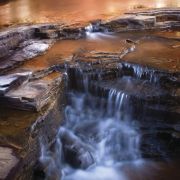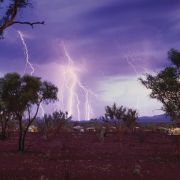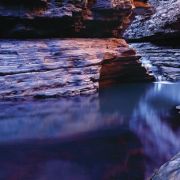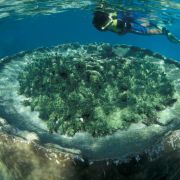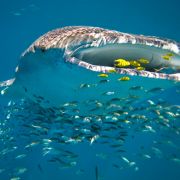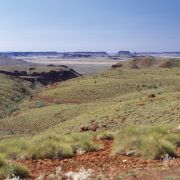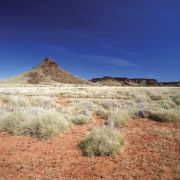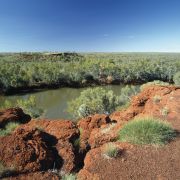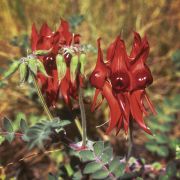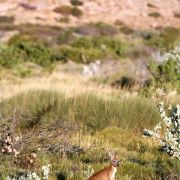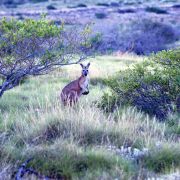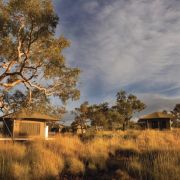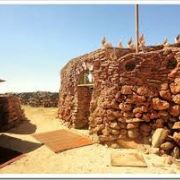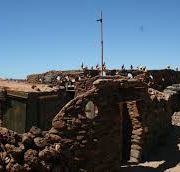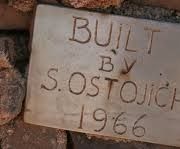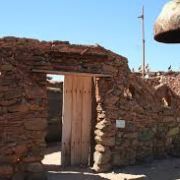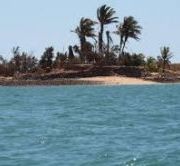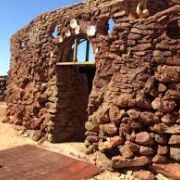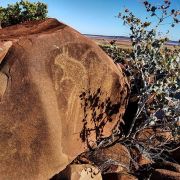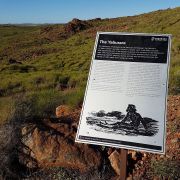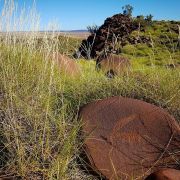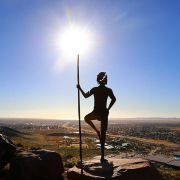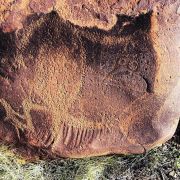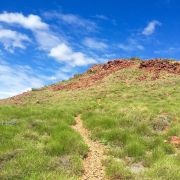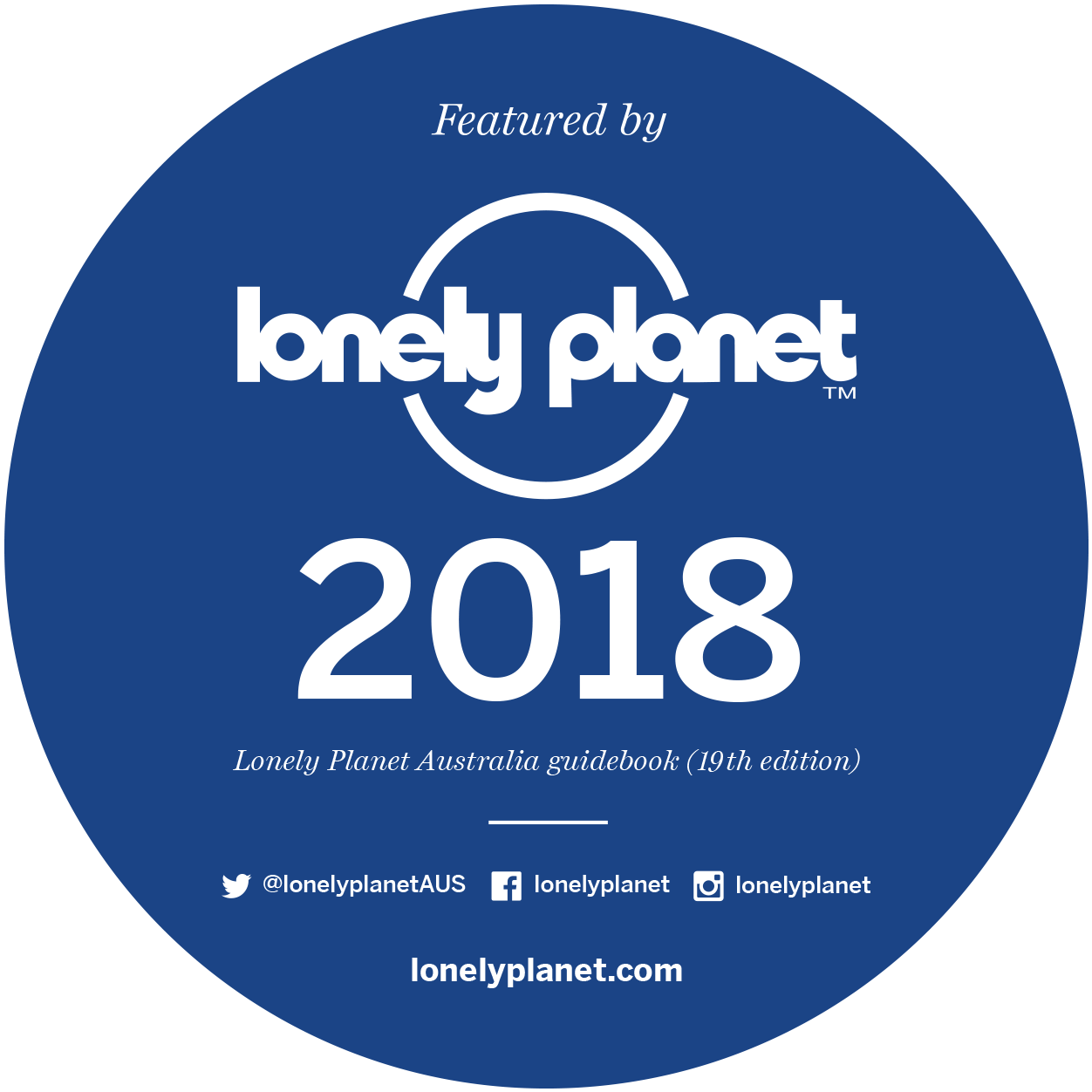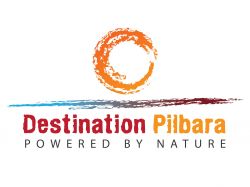Travel Time: 26 min
Distance: 28 km
The North West Shelf Project is a joint venture between six major international companies. It is one of the world’s largest liquefied natural gas (LNG) producers, supplying oil and gas to Australian and international markets from huge offshore gas and condensate fields in the Carnarvon Basin off the north-west coast of Australia.
The North West Shelf Project facilities include the Karratha Gas Plant, one of the most advanced, integrated gas production systems in the world, where LNG, domestic gas, condensate and LPG is produced. The Karratha Gas Plant facilities include five LNG processing trains, two domestic gas trains, six condensate stabilisation units, three LPG fractionation units as well as storage and loading facilities for LNG, LPG and condensate. The facility is located 1260 kilometres north of Perth, Western Australia and covers about 200 hectares.
The Karratha Gas Plant has an annual LNG export capacity of 16.9 mtpa which is reliably exported to customers in the Asia Pacific region and beyond. Woodside operates these facilities on behalf of the North West Shelf Project participants.
The internationally renowned North West Shelf Venture Visitors’ Centre includes interactive displays that invite you to look, touch, feel and listen as you learn. Overlooking the Karratha Gas Plant, the visitors centre is situated on the Burrup Peninsula Road about 20km from Karratha.
Admission is free, however opening times are seasonal so please telephone for information. P: +61 8 9158 8292

